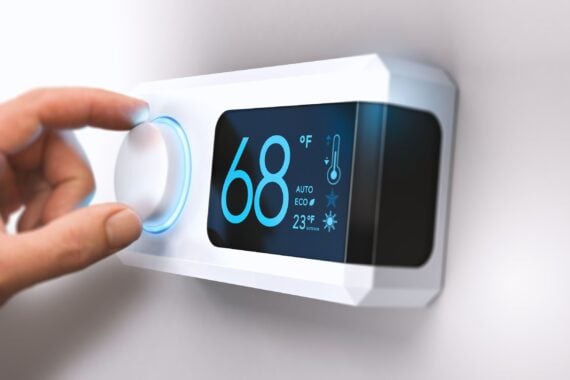Cutting expenses is always appealing, but a small upfront investment can reap ongoing savings. These products and services pay for themselves — and then some — in relatively short order.
LED Light Bulbs

LED bulbs are energy- and cost-efficient replacements for now-obsolete incandescent bulbs. An incandescent bulb lasts 1,200 hours, requires 21 changes in 23 years, uses $180 worth of electricity, and costs a total of $201 over a 23-year lifespan. An LED bulb, on the other hand, costs $2 or less, lasts 25,000 hours, uses $30 of electricity over that same 23-year span, and doesn’t need changing. Yes, $2 is more expensive than $1, but $201 is a lot more costly than $32.
TV Streaming Device
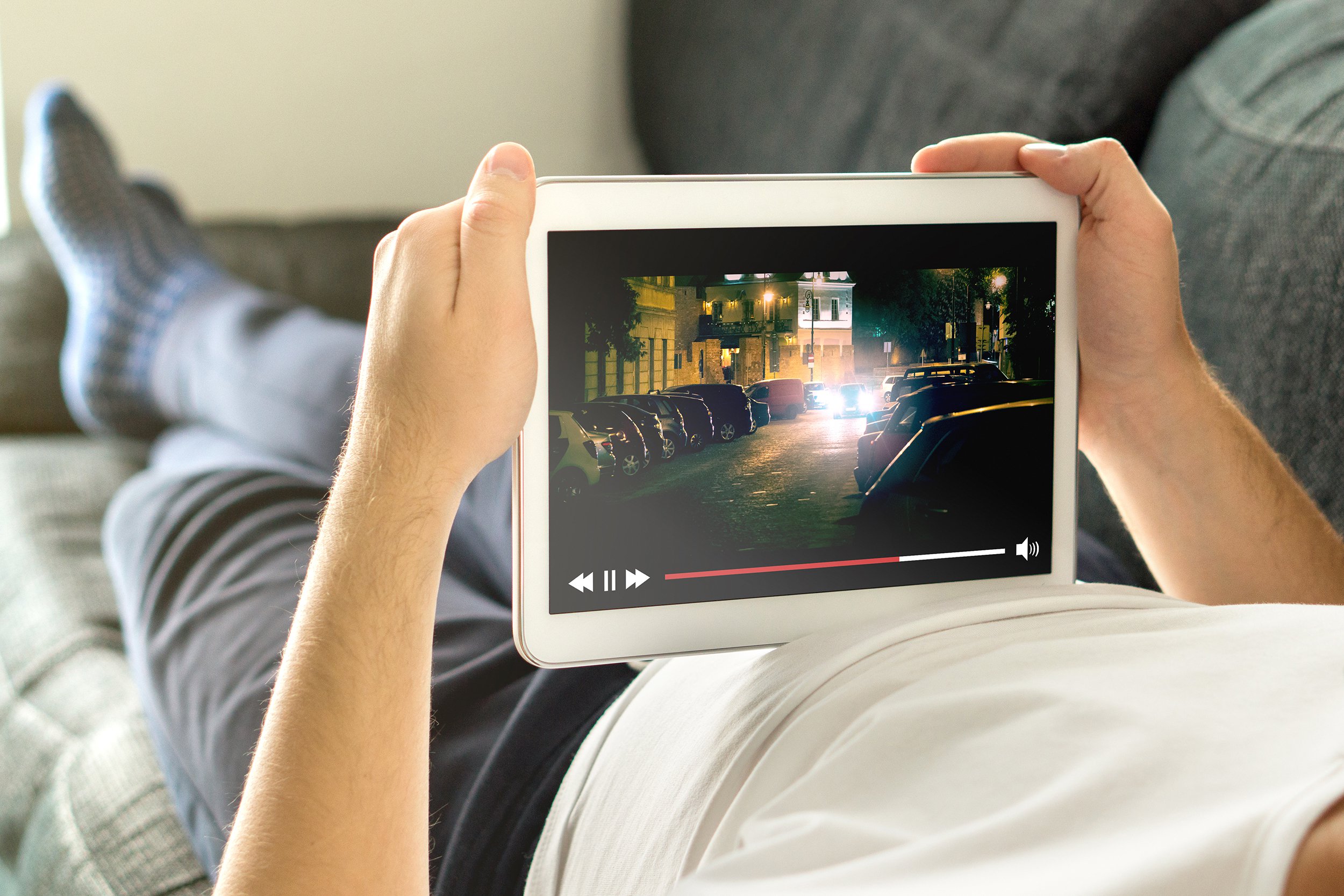
Given the high monthly fees for cable and satellite TV, many viewers are turning to streaming media devices such as the Amazon Fire TV Stick. The cheapest ones cost $30 or less, and subscriptions to streaming services such as Netflix and Hulu start at $10 and $7 a month, respectively, which certainly beats the price of cable.
Related: Best Streaming Devices: Apple TV vs. Roku vs. Amazon Fire
Slow Cooker
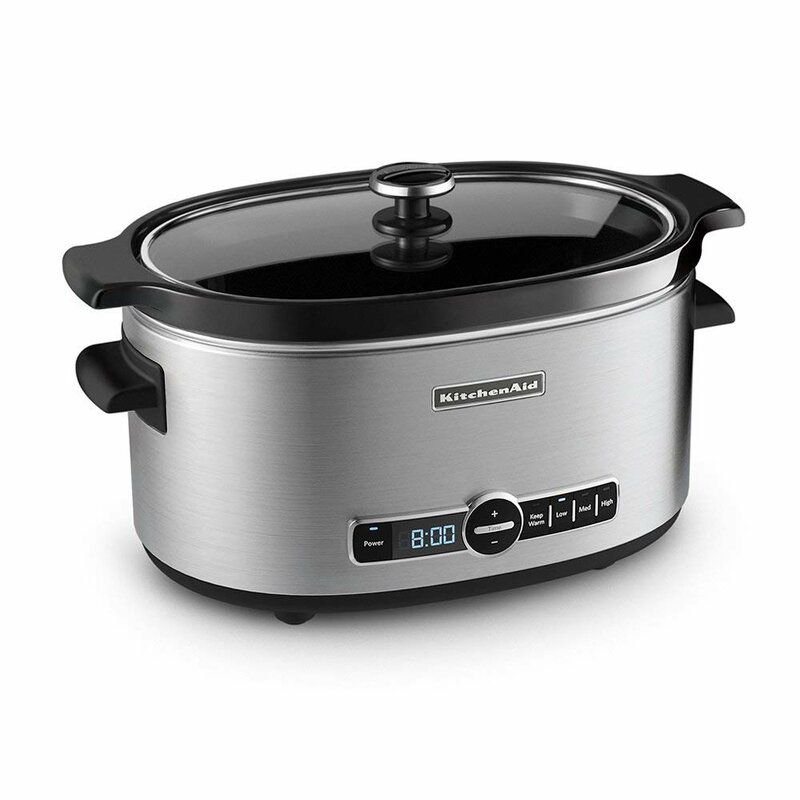
Related: 52 Recipes to Keep Your Slow Cooker Bubbling While You’re Busy
Programmable Thermostat
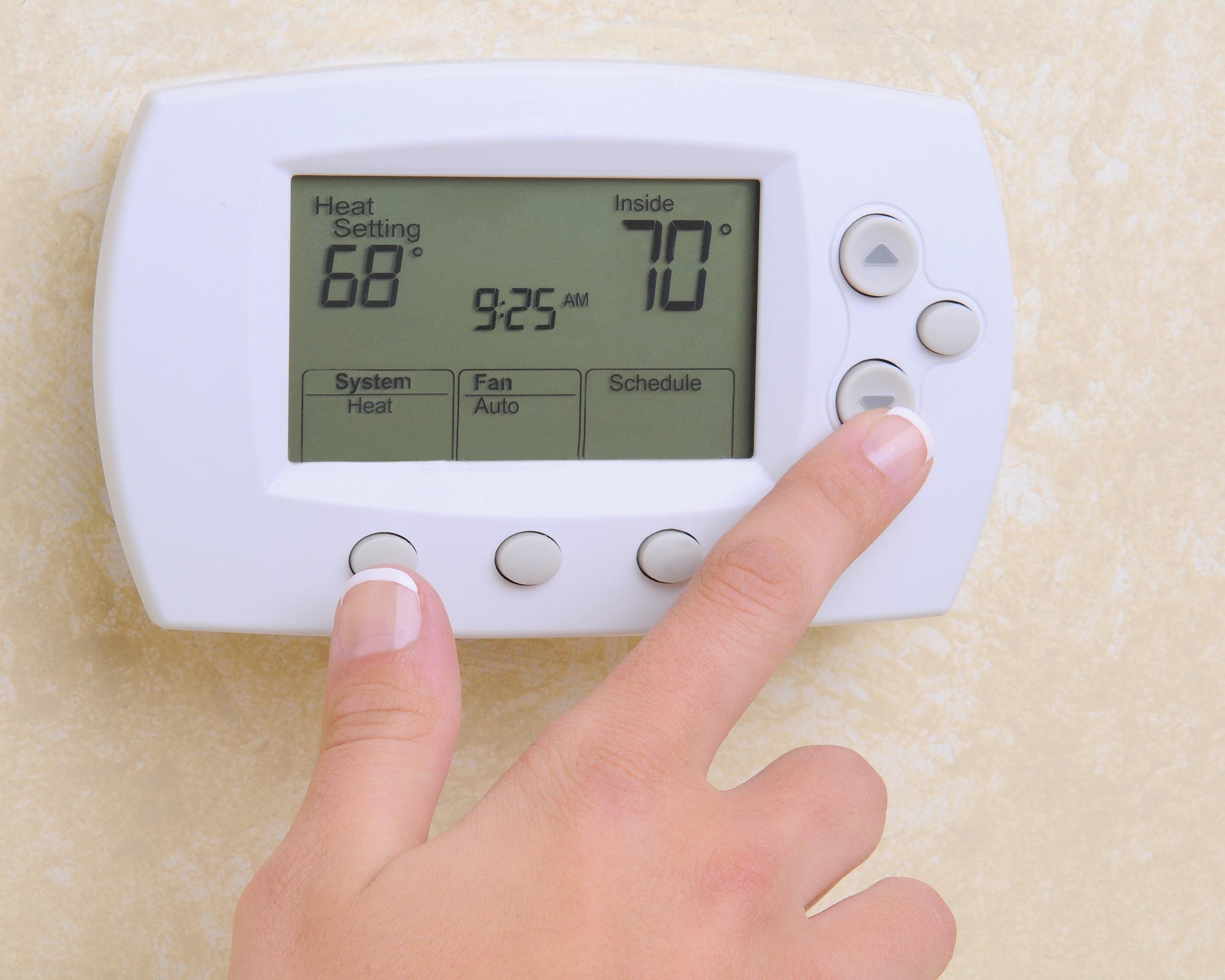
Install a programmable thermostat and save up to 10% per year on your utility bill. The Department of Energy recommends setting the thermostat to dial down the temperature 7 to 10 degrees for at least eight hours a day while you’re out or sleeping. With a cheap programmable thermostat that costs about $40, you can reap the payback within months.
Space Heater
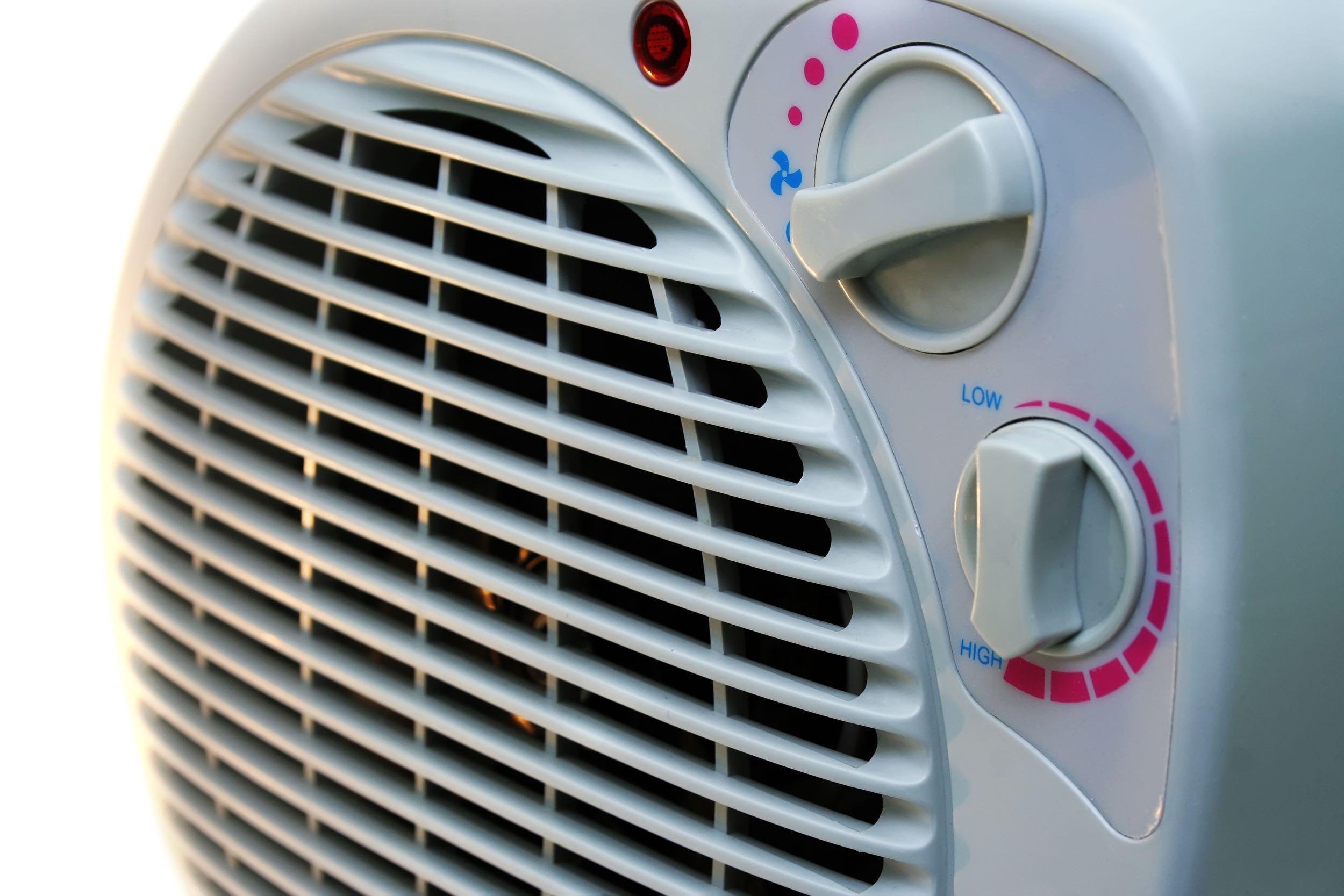
Even when you’re home, there’s no reason to heat the entire house. Each degree you lower the thermostat can shave 1% off your heating bill if the temperature remains at that level for more than eight hours, according to the Energy Department. Stave off the chill in the room where everyone congregates by using a space heater that costs less than $50.
Trending on Cheapism
Battery Charger
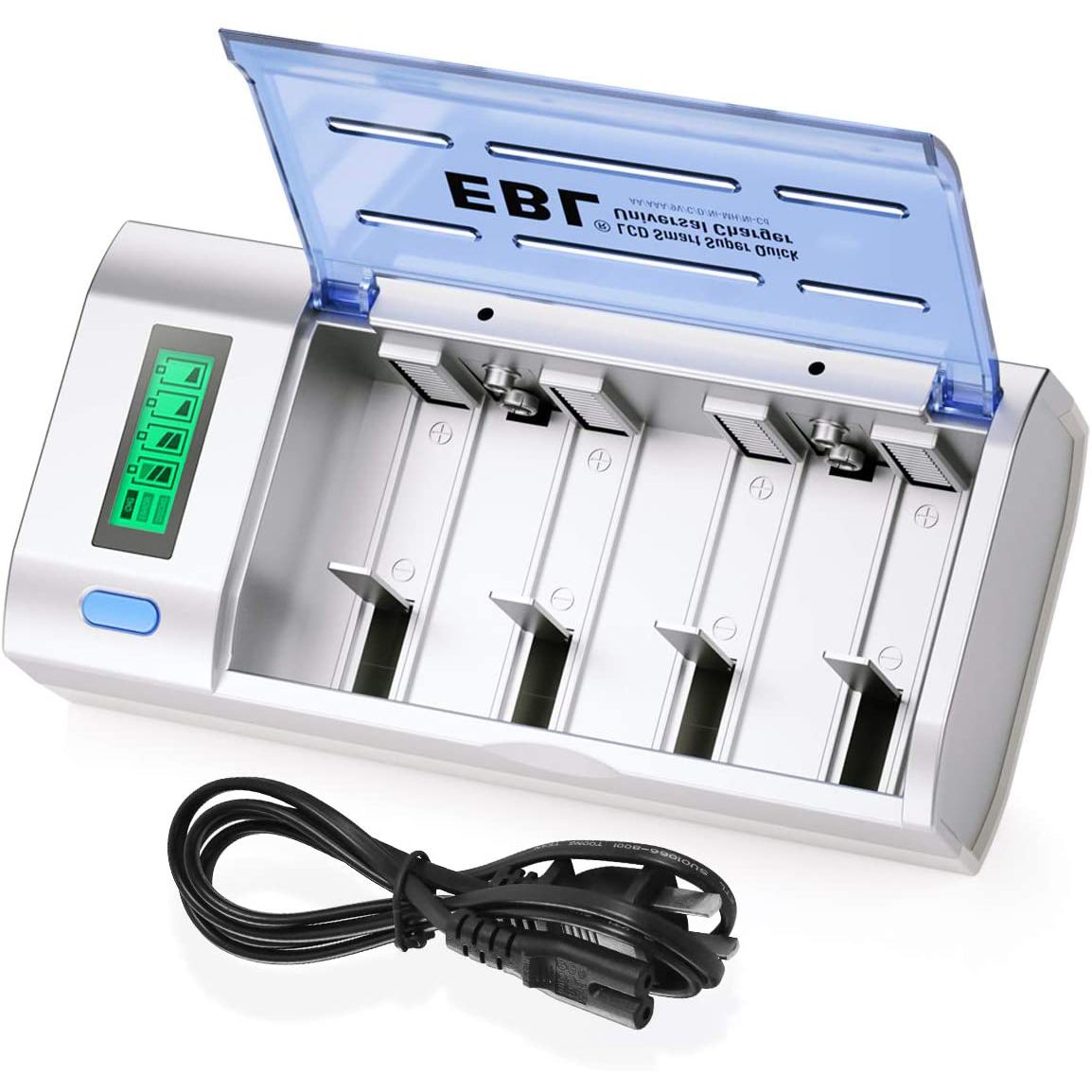
Water Filter and Reusable Water Bottle

Save money and the environment by forgoing bottled water. Data compiled by Greatist showed that a gallon of bottled water can cost up to $7.50; compare that with less than a penny for a gallon of tap water. Buy a cheap water filter and reusable water bottle, fill up multiple times a day, and earn back your investment lickety-split.
Coffee Maker

Grabbing a cup o’ Joe at the coffee shop on your way to work may be convenient, but a few cups each week adds up to a pile of beans. Assuming an average price of about $2 for a cup of brewed coffee, three cups a week drains more than $300 from your bank account over 12 months. Multiply that by two or more if a latte or cappuccino is more your style. Home-brew coffee machines cost $50 or less for a basic model, and even if you spring for a more sophisticated version in the $300 range, you’ll recoup your investment in a year or so.
Related: How to Make Your Own Cold Brew Coffee and Save
Sign up for our newsletter
Low-Flow Showerheads
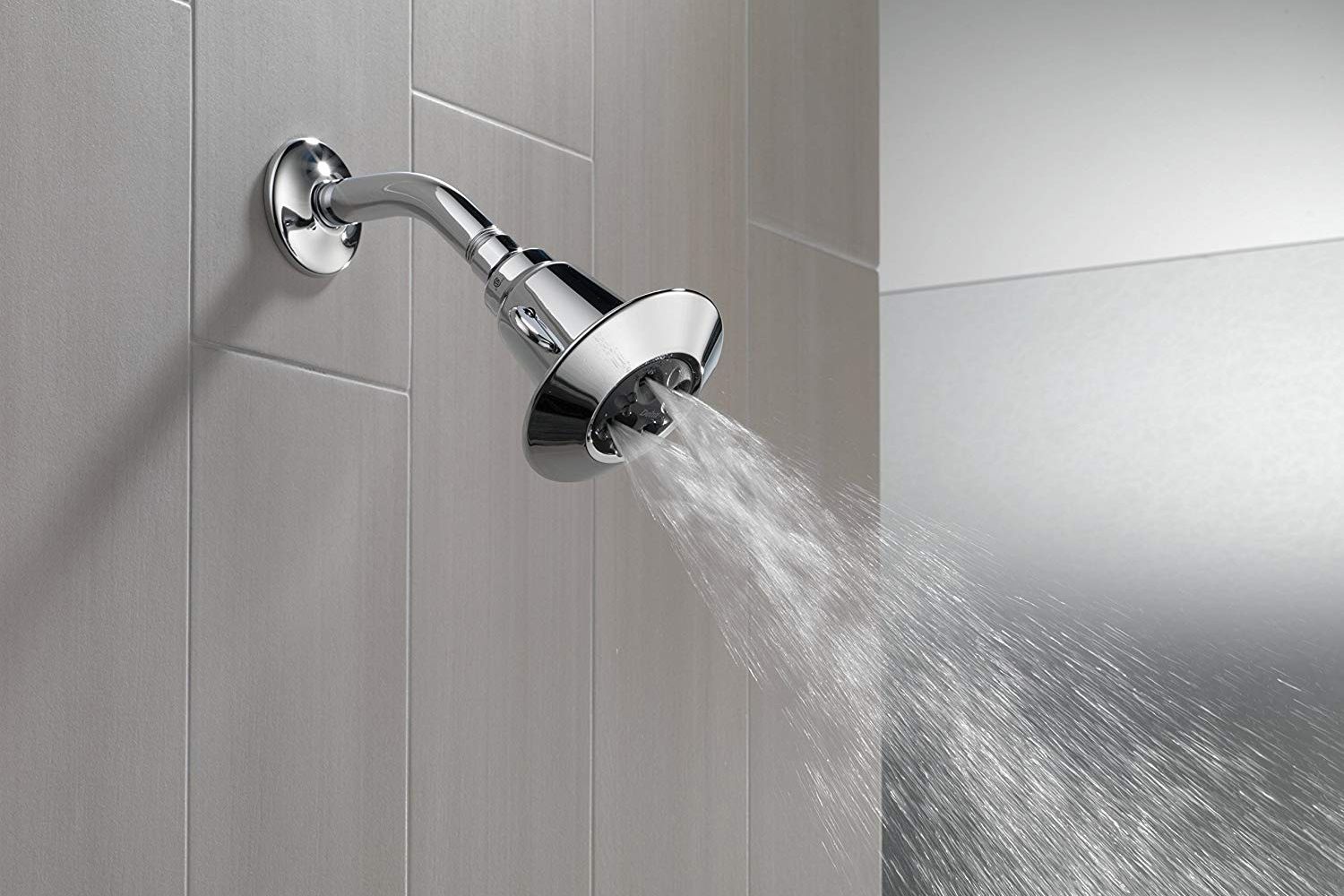
If you love your hot showers, a low-flow showerhead may not sound appealing. But check your showerheads: They may allow anywhere from 3 to 5 gpm, or gallons per minute, while new showerheads get close with a range from 1.5 to 2.5 gpm. Manufacturers are also adept at making the shower spray seem as luxurious as ever — for instance, Delta uses a wave pattern in some showerheads to provide a full-coverage feel. An average family of four can save more than $100 a year by replacing showerheads, officials estimate.
Bicycle

Riding a bicycle instead of driving a car, even occasionally, can save hundreds of dollars per year. Let’s say you drive 10 miles to and from work each day and use a gallon of gas. With gas prices averaging almost (or over) $6 a gallon these days, you’re going to spend several hundred dollars driving in a year, especially factoring in errands around town and other excursions besides commuting. A good bike can be had for about $200 (cheaper yet if you pick up a used model).
Related: Where Your State Ranks for Bicycle Safety
Home Gym Equipment
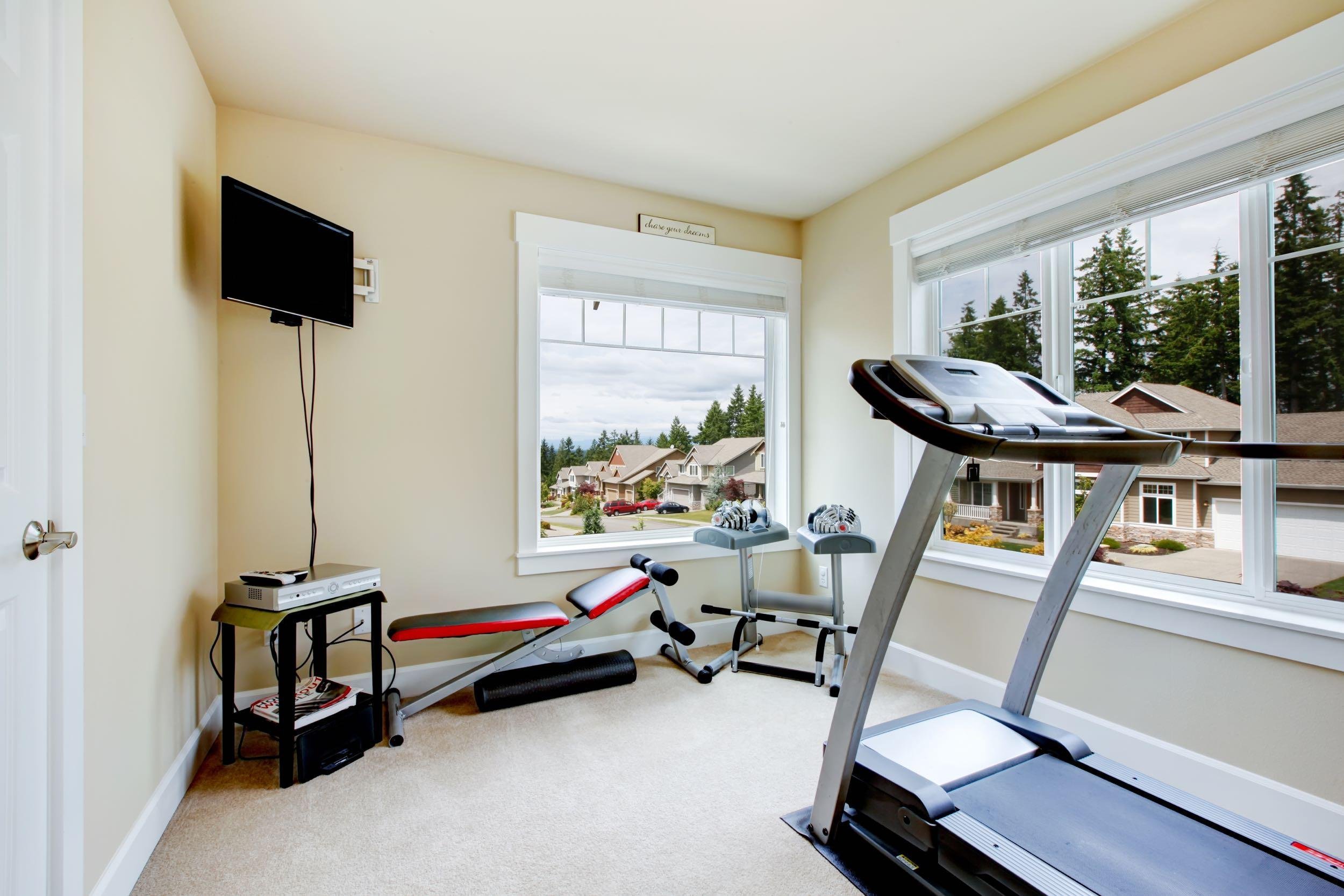
Workout equipment for a home gym can be a large investment, but it undercuts the cumulative cost of a monthly gym membership by a wide margin. Individual membership fees can reach $100 a month while a home-gym system that includes weights, a bench, a mat, and cardio equipment totals about $1,000, paying for itself within a few years.
Modem or Router
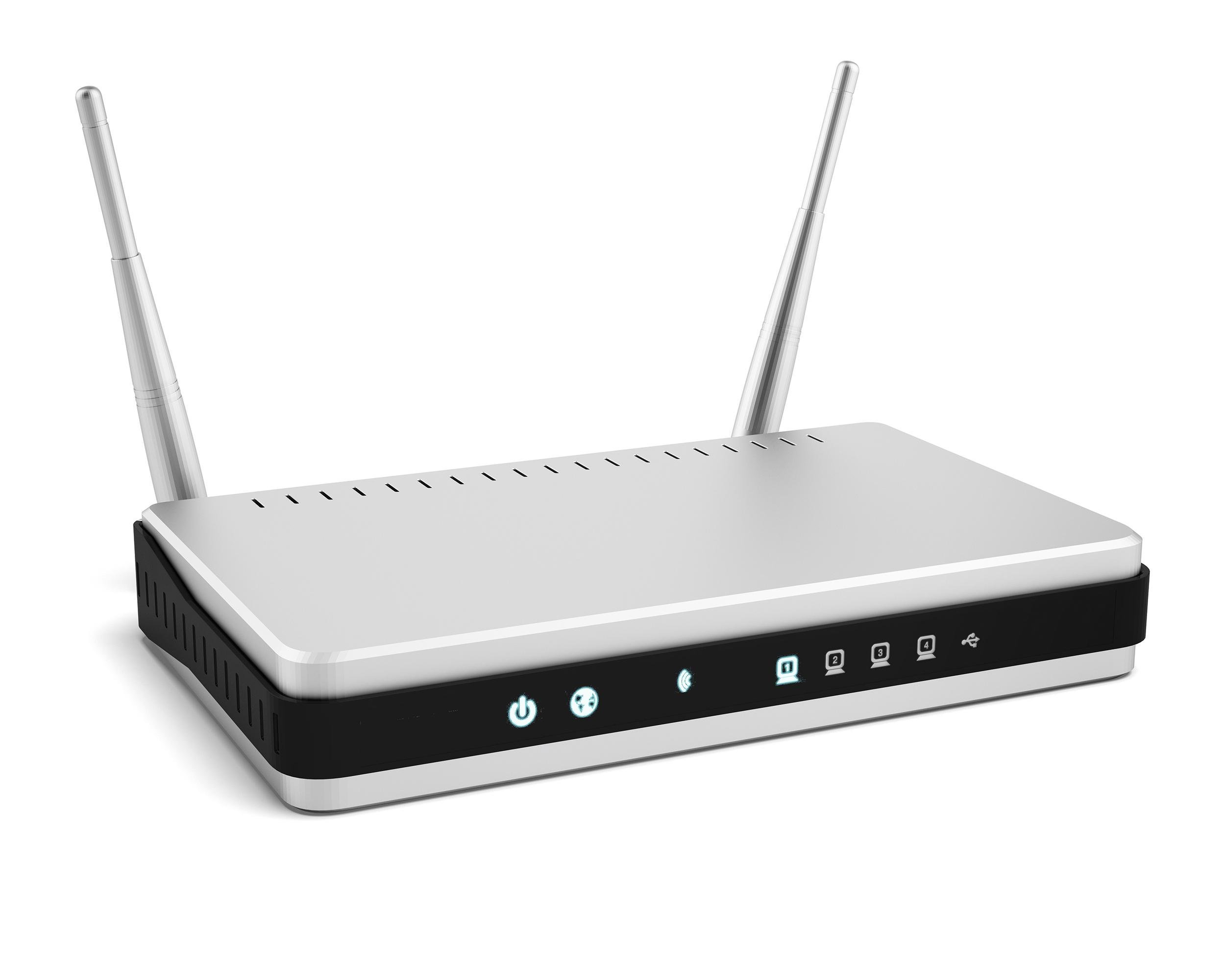
Buy a wireless router or modem rather than renting one from an internet service provider. The purchase often pays for itself in less than a year.
Service/Warranty Plans
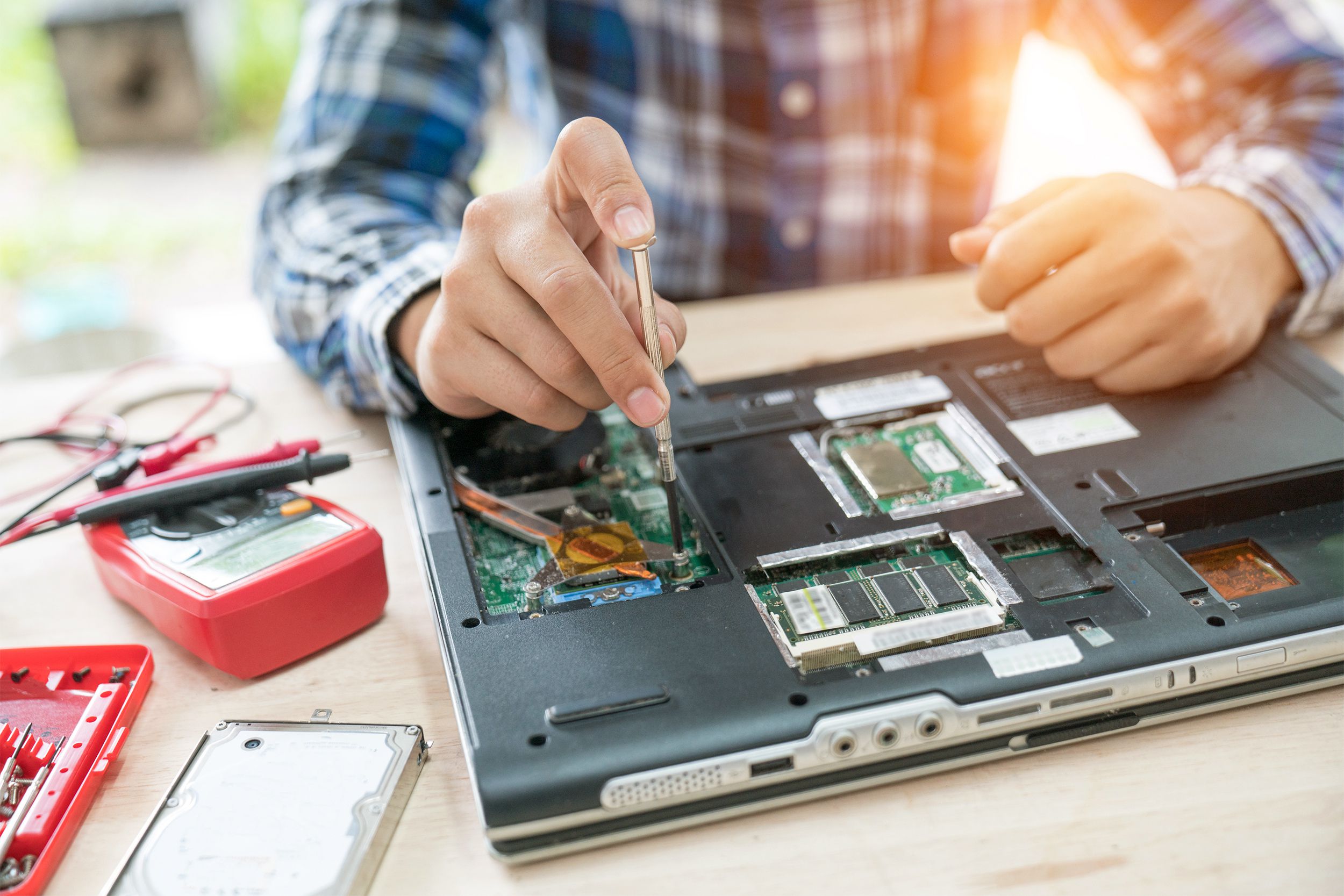
A service or warranty plan for a product such as a smartphone, computer, or refrigerator may seem like a scam until you actually need it. Consumer product experts are ambivalent about the value of extended warranties, but there are times when a single incident can make the extra expense seem like a wise decision. And some folks may need them more than others. One consumer told Cheapism he bought a $5 monthly contract that entitled him to 12 months of free service calls for his home security system (that would otherwise cost $60). He wound up needing the assistance of a technician and offset a year of fees in just one visit.
Motion-Sensing Light Switches
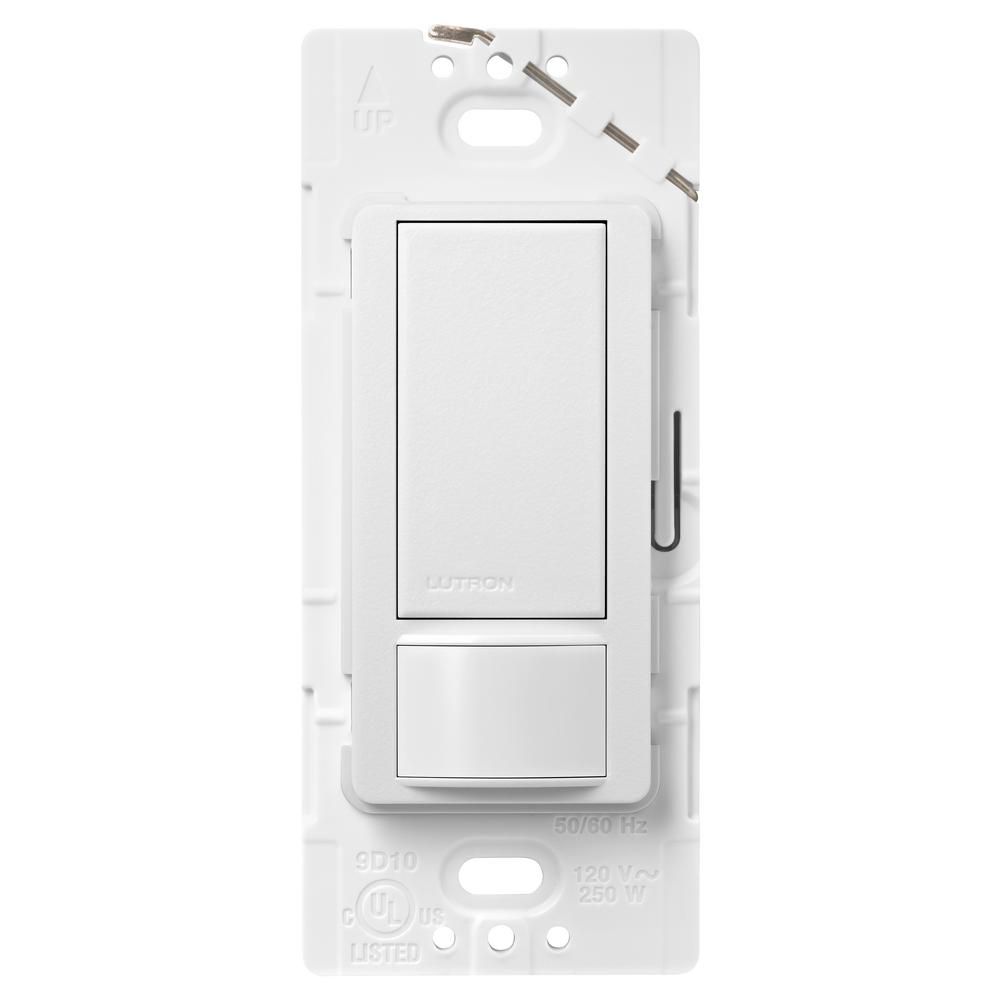
Related: 25 Smart Home Products That Are Worth the Money
Low-E Windows or Window Film

No trees to block sunlight and stop air conditioners from working overtime? Low-E, or low-emissivity, windows are a more instant solution. They are made to let in less heat in the summer and keep more in when it’s cold out. Energy-efficient windows aren’t cheap, but they can save as much as $100 to $300 in annual savings, the Department of Energy estimates. Low-E film gets similar savings for much less money, though; it can be applied to existing windows and costs for just around $6 to $14 a square foot.
